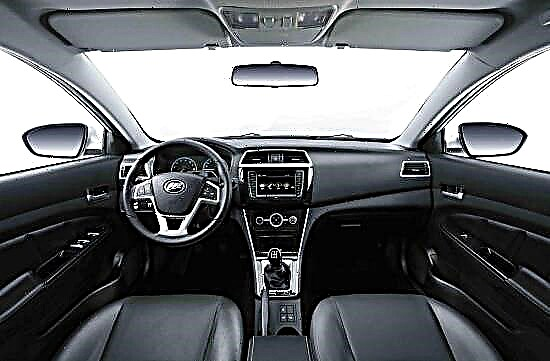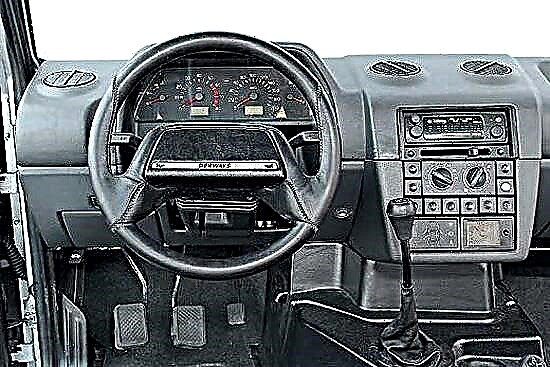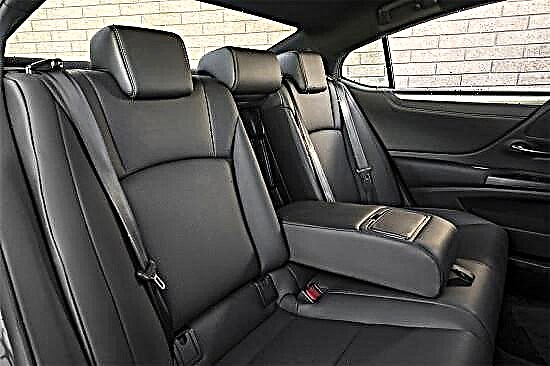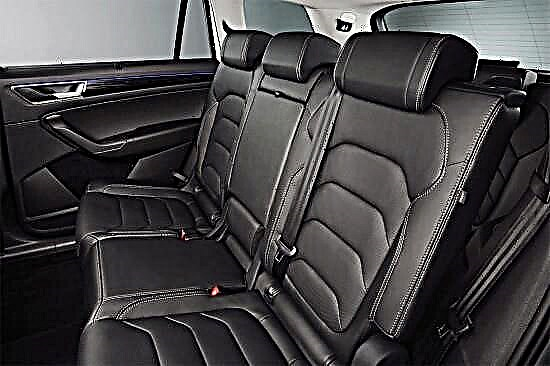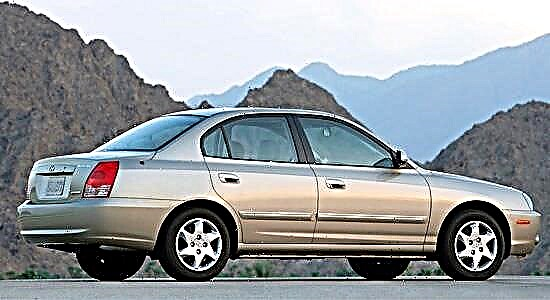At the New York Auto Show in April 2000, the third generation Elantra (indexed "XD") was released, and immediately after the premiere, it went on sale in the home market. In 2003, at an exhibition in Frankfurt, an updated version of the model debuted, which acquired a corrected appearance and an improved interior, while the technical part remained practically unchanged.
In 2006, the car left the assembly line in connection with the release of its next generation.

In 2008, the production of the "third Elantra" was resumed at the Taganrog Automobile Plant and lasted until 2010. If in terms of appearance and interior design the “TagAZ'ovskaya” car did not differ from the original, the build quality was much lower, and only a 1.6-liter 105-horsepower unit was placed under the hood.

For the 3rd generation, two body types were offered - a sedan and a five-door hatchback. The car has a pleasant and good-looking appearance, which is crowned with optics with simple outlines, a wavy side line with large roundness of the wheel arches, embossed stampings on the body elements and a somewhat controversial radiator grille. Due to the "biodesign" forms visually Elantra XD looks larger and more solid than it really is.

“Third Elantra” is a C-class player according to European rules. The length of the sedan is 4495 mm, the hatchback is 25 mm longer, in terms of other parameters, the cars have full parity: width - 1720 mm, height - 1425 mm, distance between bridges - 2610 mm, ground clearance - 160 mm.
Interior
In the salon of "Elantra" of the third generation, they have a simple design, devoid of any frills. The dashboard is designed in a typical style - two large dials for the speedometer and tachometer and several standard indicators. The center console is slightly turned towards the driver and accommodates a simple climate control panel and a radio tape recorder above it (in the available versions, there are blind plugs in its place).

Inside the Hyundai Elantra XD, high-quality finishing materials are used: the front panel is cut with soft plastics, the inserts on the doors and seats are with a pleasant fabric, and the door handles are trimmed with leatherette. The build quality is low - the gaps between the interior elements are uneven.
In front of the "Korean" there are wide seats that allow it to triple comfortably due to the large amount of space and wide ranges for settings (if only there is more support on the sides). Three passengers will be able to sit on the back sofa, since the amount of space allows.
The luggage compartment of the sedan has from 415 to 800 liters, the back of the rear seat folds, but the power frame of the body leaves a small "window" for the overall luggage. The hatchback is more convenient in this regard - in the standard position, the "hold" has a volume of 569 liters, and its shape is more thoughtful.
Specifications
For Elantra HD, five gasoline atmospheric "fours" and one turbodiesel were proposed:
- The petrol range consists of 1.6-2.0 liter units that generate 105 to 143 horsepower and 143 to 186 Nm of torque. Each of the engines can be found both with 5-speed "mechanics" and 4-speed "automatic". Depending on the modification, the car accelerates to 100 km / h after 9.1-11 seconds, its maximum speed is 170-206 km / h, and the fuel consumption is set at 7.4-8.4 liters in mixed mode.
- The diesel version with a turbocharger with a volume of 2.0 liters develops 113 "horses" and 235 Nm of thrust and is aggregated only with "mechanics". The characteristics of such an Elantra are as follows: acceleration to the first hundred in 11.7 seconds, 190 km / h peak speed, 6.1 liters of diesel fuel for every 100 km.
Design features
At the heart of the car is the front-wheel drive platform Hyundai-Kia J3, which implies the presence of classic MacPherson struts in the front and an independent multi-link suspension in the rear.
The steering system is rack and pinion with hydraulic booster, disc brakes on all wheels (ventilated on the front) with anti-lock braking system.
Pros and cons
- The list of the car's advantages includes a reliable design, good adaptability to Russian roads, a comfortable and energy-intensive suspension, a large amount of space in the cabin and trunk, tenacious brakes and low maintenance costs.
- Among the disadvantages are mediocre sound insulation, low steering information content, quick contamination of side windows in bad weather and poor headlights.
Prices
In 2015, the 3rd generation Hyundai Elantra can be purchased in the secondary market of Russia at a price of 200,000 to 300,000 rubles.


